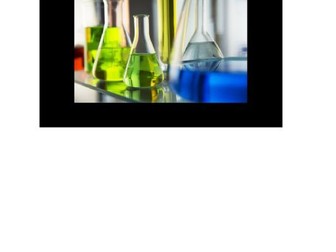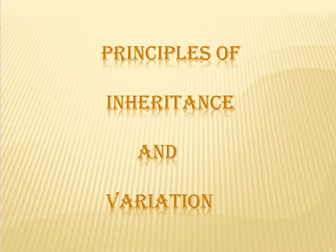Physical and chemical changes ppt
<p>**Recognizing the Difference between Chemical and Physical Changes:</p>
<p>Physical changes:<br />
A change in size, condition, or appearance.</p>
<p>Chemical changes:<br />
include the creation of new chemicals, color shifts, gas production, and the release or absorption of energy.</p>
<p>Reversibility:<br />
Physical changes: Mostly reversible.<br />
Chemical changes: Usually irreversible.</p>
<p>Changes in Energy:<br />
Physical Changes: They don’t always necessitate a change in the system’s internal energy, but they may include energy changes.<br />
Chemical Changes: Include notable energy shifts.<br />
**</p>


